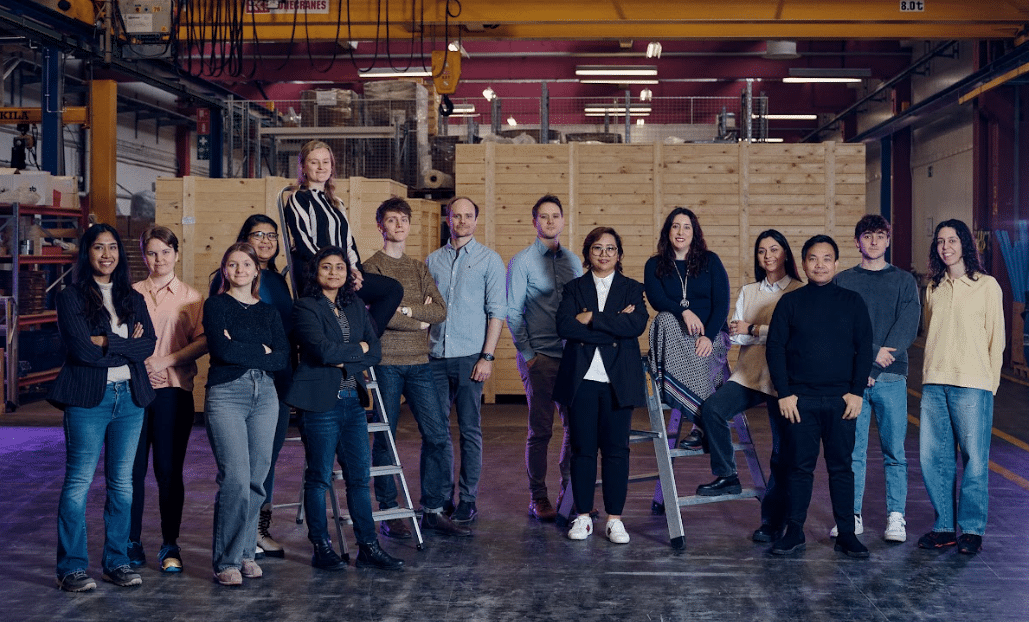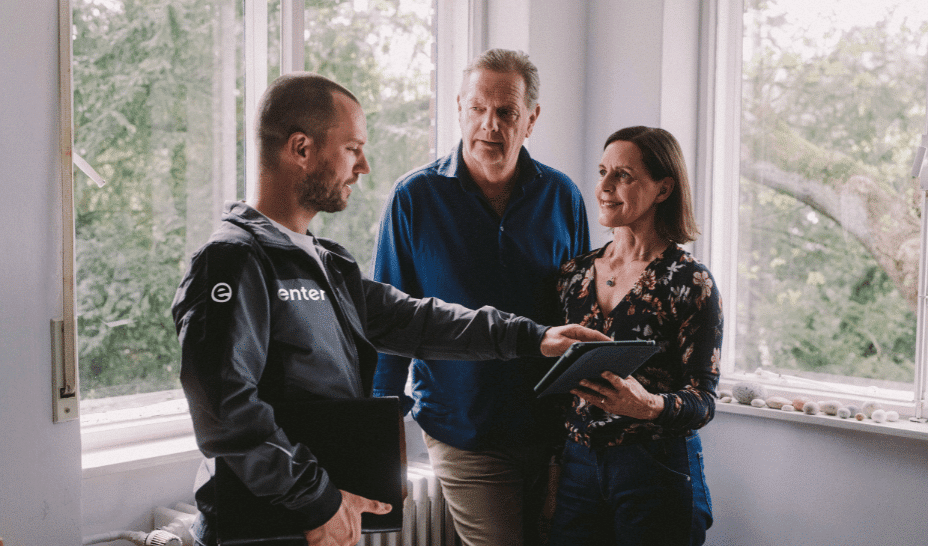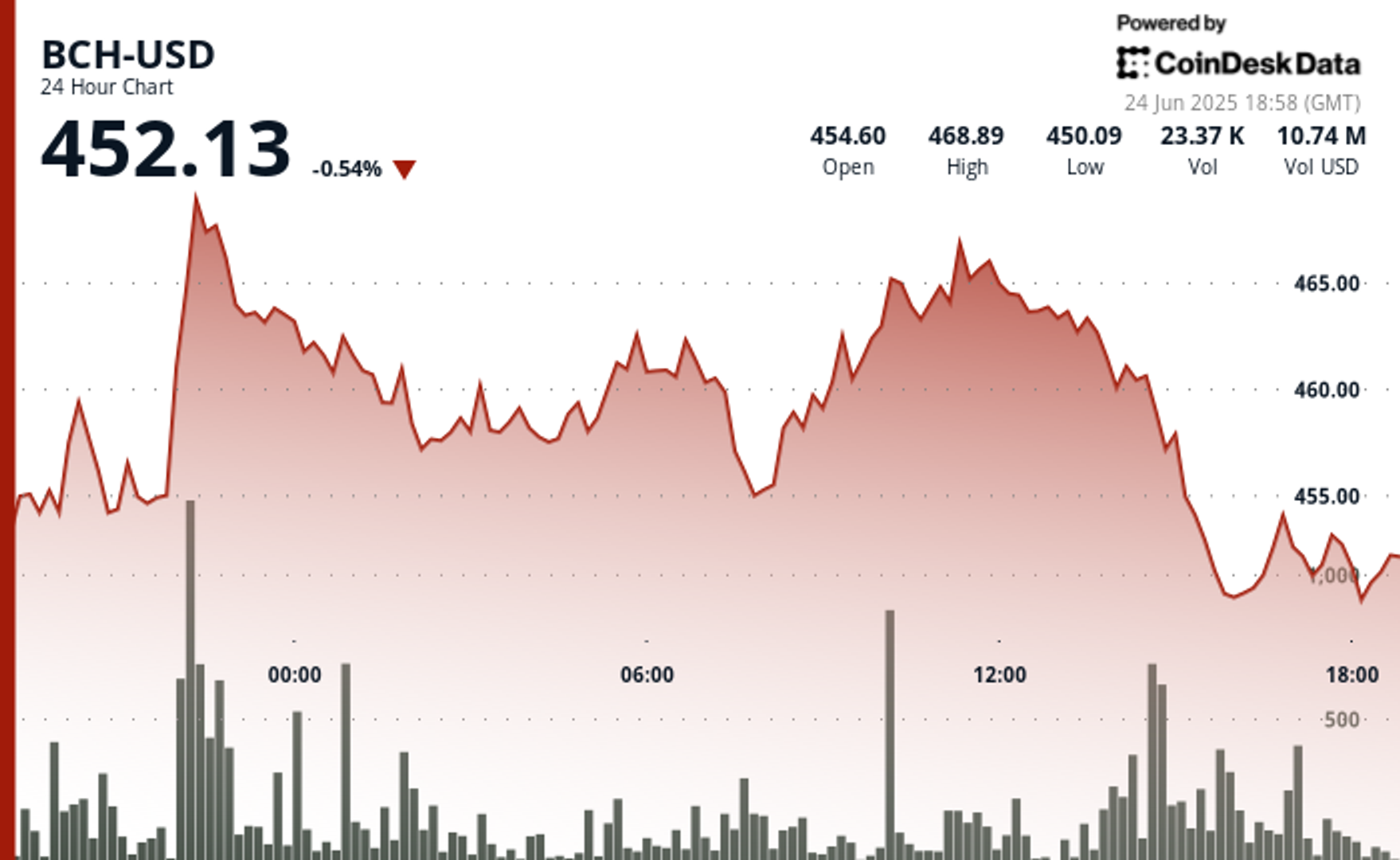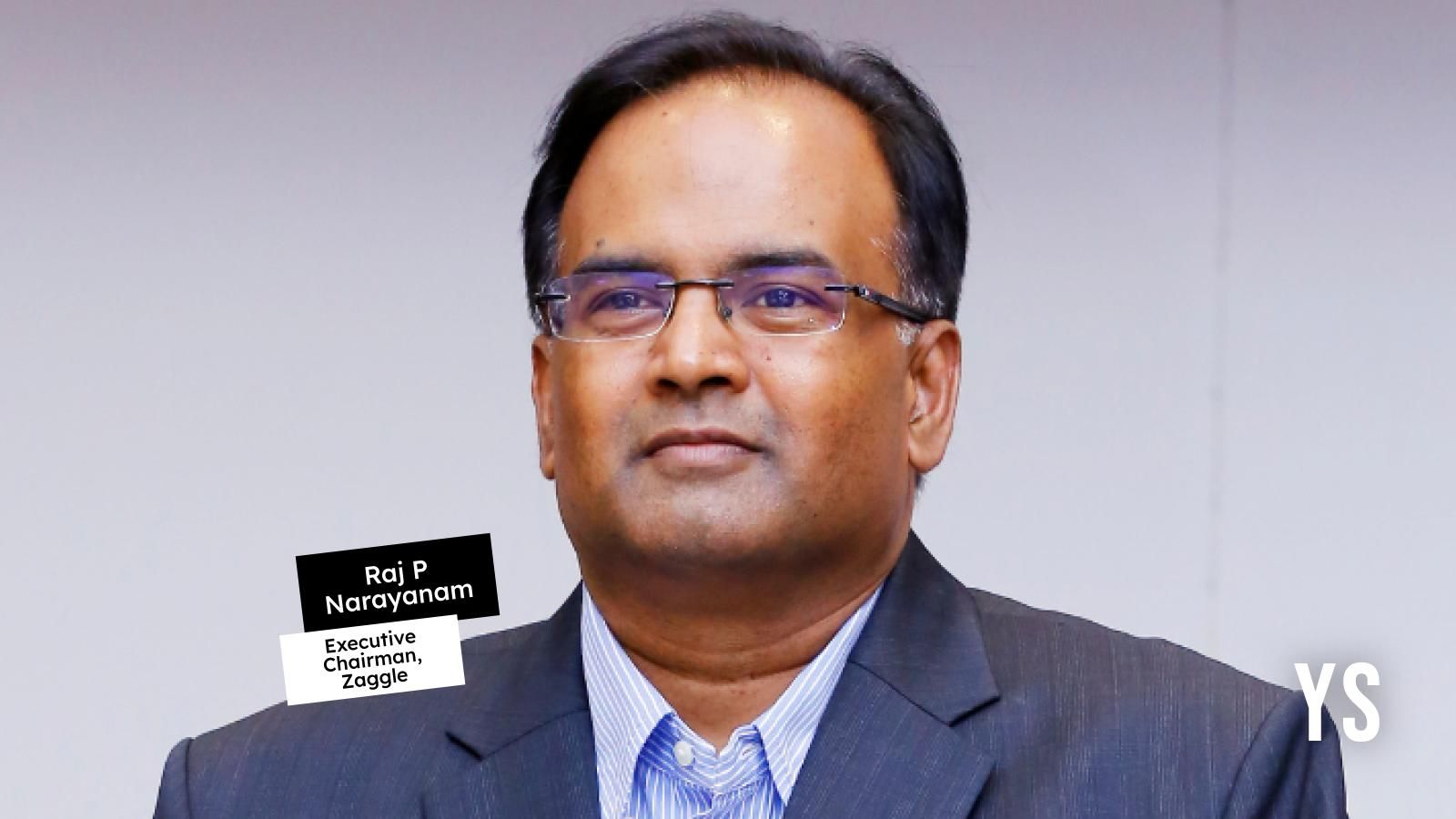Weavehand: Reviving Indian Crafts Through Tech and Tradition
Discover how Weavehand bridges India’s artisan legacy with modern tech, empowering 1000+ rural artisans through sustainable innovation.


Key Takeaways
- Weavehand bridges India's artisan heritage with modern tech
- Empowers over 1,000 rural artisans, many of them women
- Combines zero-inventory model with customizable, digital-first offerings
- Supported by IIT Patna, MSME, and recognised globally
- Focused on sustainability, tradition, and social entrepreneurship
In the heartlands of Bihar, where traditions whisper through looms and brushes, Ridhima Srivastava saw a story fading. After 14 years in corporate roles across e-commerce and logistics, she left behind the fast lane to answer a quieter, deeper calling — to give India’s dying crafts a voice in the digital age. Thus emerged Weavehand in 2018: a cultural-tech platform revitalising India’s artisanal heritage through innovation, dignity, and sustainability.
The Problem: Vanishing Artisans, Fading Crafts
Despite India’s rich craft lineage, many indigenous art forms are on the brink of extinction. Artisans often work without recognition, underpaid and disconnected from modern markets. The ecosystem, saturated with mass-produced goods, leaves little room for tradition.
The Solution: Innovation with Empathy
Weavehand addresses this crisis with a zero-dead-inventory model, direct artisan-buyer connection, and customizable products through a digital-first platform. Its mobile app provides artisans access to digital tools, order updates, and training. Art meets tech here—not to replace hands, but to amplify their value. The model supports freshly made-to-order products, offers custom previews and personalisation, eliminates warehousing and stock waste, and delivers mobile tech training for artisans.
Building a Movement, Not Just a Brand
“We’re not just selling art. We’re building identity, pride, and purpose,” says Ridhima. What began in Bihar has grown into a seven-cluster network of over 1,000 artisans, many of them rural women and tribal craftswomen. The team blends weavers and painters with tech interns and digital marketers, unified by a shared respect for culture.
Institutional Backing and Global Recognition
Weavehand’s credibility is bolstered by incubation support from IIT Patna and recognition from India’s Ministry of MSME. Selected for the prestigious South Summit Korea and winner of the 2024 MSME Hackathon, Weavehand represents India’s heritage on the global stage.
Business Model: Scalable, Sustainable, Rooted
Operating B2C, D2C, and B2B, Weavehand earns through:
- Customised decor, textiles, gifts, and art
- Corporate collaborations for sustainable gifting
- Export of made-to-order products
With no warehousing and minimal overhead, the model is lean and scalable. Digital platforms ensure accessibility, while cluster replication facilitates growth without dilution of authenticity.
Market & Milestones
Weavehand has carved a niche among urban, design-conscious consumers, NRIs seeking authentic cultural ties, and corporates aiming to adopt sustainable sourcing practices. The brand’s milestones are equally compelling—it has played a pivotal role in reviving the ancient Bawan Buti weave, embraced AR-based personalisation to enhance user experience, and successfully expanded its delivery footprint across Indian cities and international markets. 
Beyond commercial success, its impact is deeply human: sustaining income for over 1,000 artisans, rescuing endangered craft traditions, fostering rural women’s entrepreneurship, and placing India's artisanal heritage on the global map.
Challenges and Differentiators
Competing with giants like FabIndia and Okhai, Weavehand stands apart through its tech-personalised artisan offerings, complete avoidance of inventory or warehousing dependency, and a commitment to direct, human-first storytelling.
Yet, changing consumer mindsets remains a challenge—educating buyers to value handmade over manufactured. “Start with purpose,” Ridhima advises aspiring entrepreneurs. "Respect tradition. Mix roots with tech. And most of all, listen."
Looking Ahead: Crafting the Future
Short-term plans include launching the Weavehand app and expanding into new clusters. Long-term, the brand envisions craft tourism, global NRI outreach, and brick-and-mortar experience stores that celebrate heritage in immersive ways.





![How Social Platforms Measure Video Views [Infographic]](https://imgproxy.divecdn.com/AncxHXS242CT-kDlEkGZi7uQ2k70-ebTAh7Lm14QKb8/g:ce/rs:fit:770:435/Z3M6Ly9kaXZlc2l0ZS1zdG9yYWdlL2RpdmVpbWFnZS9ob3dfcGxhdGZvcm1zX21lYXN1cmVfdmlld3MucG5n.webp)




![How Google’s AI Mode Compares to Traditional Search and Other LLMs [AI Mode Study]](https://static.semrush.com/blog/uploads/media/86/bc/86bc4d96d5a34c3f6b460a21004c39e2/f673b8608d38f1e4be0316c4621f2df0/how-google-s-ai-mode-compares-to-traditional-search-and-other-llms-ai-mode-study-sm.png)



























































































































































































